Differential Pressure Switches
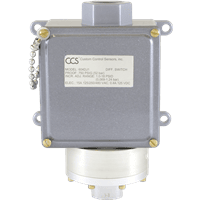
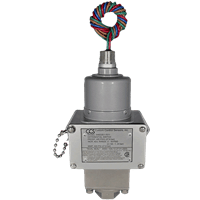

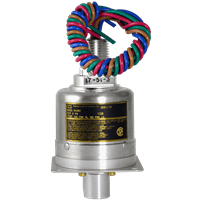

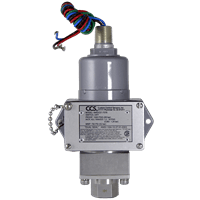
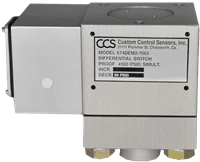
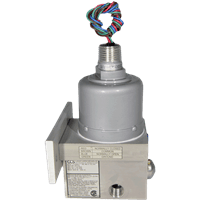
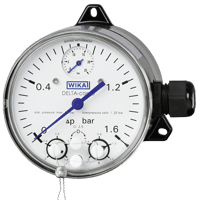
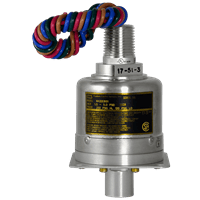
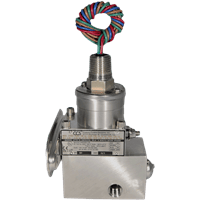
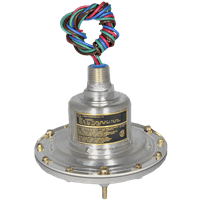
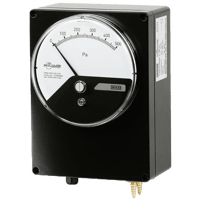
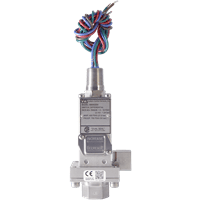

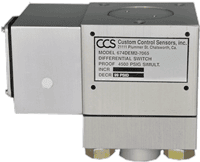



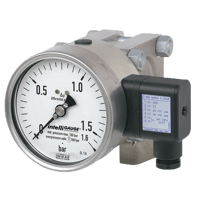
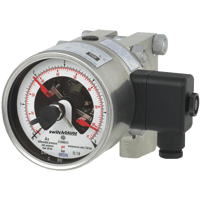
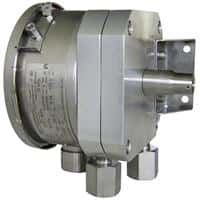
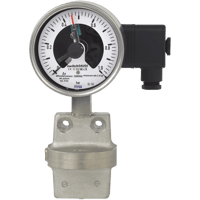
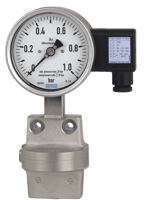
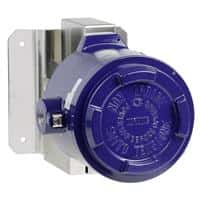
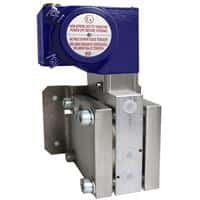
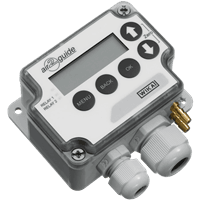
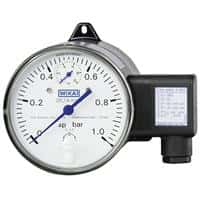
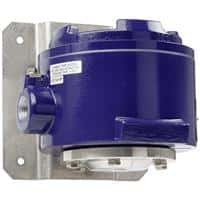
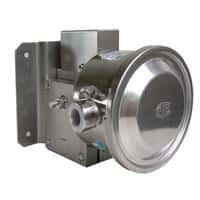
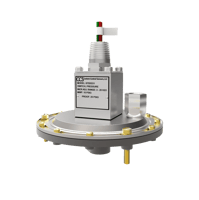
Differential pressure switches typically contain two separate pressure sensing elements, such as diaphragms, bellows, or pistons, each exposed to one of the two points being monitored. The differential pressure is determined by the force exerted on these sensing elements by the pressures at each point. The differential pressure switch is equipped with an adjustable setpoint mechanism that allows the user to define the desired pressure differential at which the switch will activate or deactivate. When the pressure difference between the two monitored points reaches the setpoint, the sensing elements trigger a mechanical or electronic switching mechanism, this mechanism can open or close an electrical circuit, sending a signal for control or alarm purposes. Inside the switch, electrical contacts are actuated when the differential pressure reaches the setpoint, these contacts can be normally open (NO) or normally closed (NC) and are used to control devices like pumps, compressors, alarms, or other equipment.
Mechanical differential pressure switches use mechanical sensing elements (like diaphragms, bellows, or pistons) to detect pressure differences, these switches are typically simple, robust, and suitable for many industrial applications where cost-effectiveness and reliability are prioritized. Electronic differential pressure switches use electronic sensors and microprocessors to measure pressure differences and provide more precise control and switching capabilities, and often offer features like digital displays, programmable setpoints, and remote monitoring.
Differential pressure switches are widely used to monitor the pressure drop across filters in HVAC systems, industrial filtration systems, and water treatment plants. When the pressure difference exceeds a setpoint, it indicates that the filter is clogged or dirty, triggering maintenance alerts or system shutdowns to prevent damage or inefficiency. They're used to protect pumps by monitoring the pressure difference between the suction and discharge sides; if the differential pressure drops below a certain level, it can indicate a pump failure, loss of prime, or a pipeline leak, triggering an alarm or stopping the pump to prevent damage.
Differential pressure switches are used to monitor flow rates by measuring the pressure drop across a restriction (like an orifice plate or venturi) in a pipeline. A change in differential pressure indicates a change in flow rate, which can be used to trigger alarms or control systems. In heat exchangers, differential pressure switches monitor the pressure difference between the inlet and outlet. A significant increase in this differential may indicate fouling or blockages, necessitating cleaning or maintenance to prevent equipment damage or reduced efficiency.
Differential pressure switches can measure liquid levels in tanks and vessels by monitoring the pressure difference between the liquid level and a reference point, such as the top of the tank or a known zero point. This application is common in water treatment plants, chemical processing, and various storage applications. Differential pressure switches are used to detect leaks in pipelines or vessels by comparing the pressure between two points, where a drop in differential pressure could indicate a leak, triggering alarms or automatic shutdowns to prevent spills or damage.
Differential pressure switches suitable for a wide range of applications, from HVAC systems to industrial process control, providing flexibility in usage as they offer a simple and robust design that is resistant to many environmental factors, making them reliable in harsh industrial environments. They are more affordable than complex electronic monitoring systems, especially in applications where basic pressure monitoring and control are sufficient. Their simple design allows for easy installation, adjustment, and maintenance.